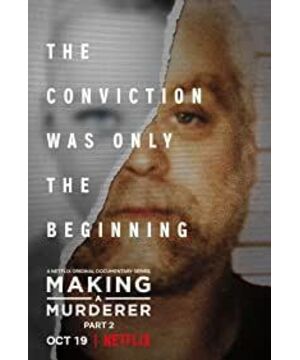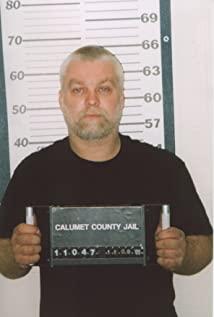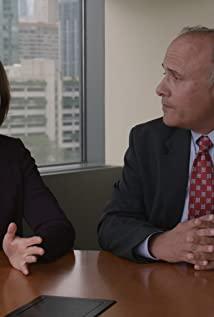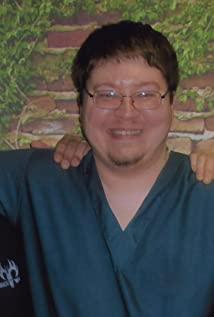Roughly sorted out, there are two main directions of lawyers. One is the injustice of the procedure. For example, the local police who participated in the first unjust case did not avoid suspicion and still participated in this case; the inducement to Steven's stupid nephew was very unfair; It is customary to investigate the relatives of the victim, but always use Steven as the only suspect, which also mentions the victim's deleted voicemail, and her ex-boyfriend and younger brother are very smart "guessing" the password, and once entered through her voicemail. These are no longer investigated.
The second is to question the reliability of the evidence. Some key evidence was found after searching Steven's house many times for many days, such as the car keys, which only had Steven's DNA on it, not the victim's. For example, a bullet casing found in the garage, but it seems that the warhead has never been found? Is this sufficient proof that the victim was actually shot? And these evidences were found by the same policeman who was closely related to the 1985 unjust case. For example, there is Steven's blood on the car but no fingerprints. The lawyer's biggest bargaining chip is that Steven's blood sample at the police station has traces of pumping holes, so the lawyer asks whether it contains EDTA (presumably anticoagulation). agent) to prove whether the blood in the car is fresh blood or blood from the previous sample, and it can be framed. Unfortunately, this point was denied by the FBI. Although the lawyer continued to question the FBI's test, the official denial was a denial, and there was no other way. Also, it seems that the police have been unpredictable before they should know what model the victim's car is, and the only explanation is that he has actually seen the missing car. And the throat cut proposed by his stupid nephew, there was no blood in the room or on the bed. The house is so clean, how can there be such obvious blood stains on the car?
So why did the jury still find guilty in the end? Still based on this evidence? I think there will be more information.
But if it's true that the killer was someone else and framed Steven, someone would have to drive the car to Steven's house, bring the body to his house, put the car keys in his room, and smear his blood in the car ( This step is the hardest), shoot a few bullets with his gun... If you can complete so many actions, the local police station must be an accomplice, otherwise what will you do? But I also think that even if the police station is bad, it is still too risky to do something on such a person who is highly concerned by the public. Maybe that kind of hatred is incomprehensible to outsiders? Even if you made it happen, you can't make me die with you, anyway, you have made me notorious? I don't know, but I still think the latter one is too coincidental. How can we reach a "tacit understanding" with the real murderer? At least the bottom line is not the people killed by the police.
If this is not the case, there is another possibility that someone did something at Steven's residence, and it is reasonable to speculate that it is his relatives. At this point, he will not refuse to confess, right? That leaves one possibility: Steven is the murderer. Based on the description of this documentary, it seems that the information is incomplete, otherwise I really feel that such a conviction is too unbelievable...
View more about Making a Murderer reviews











